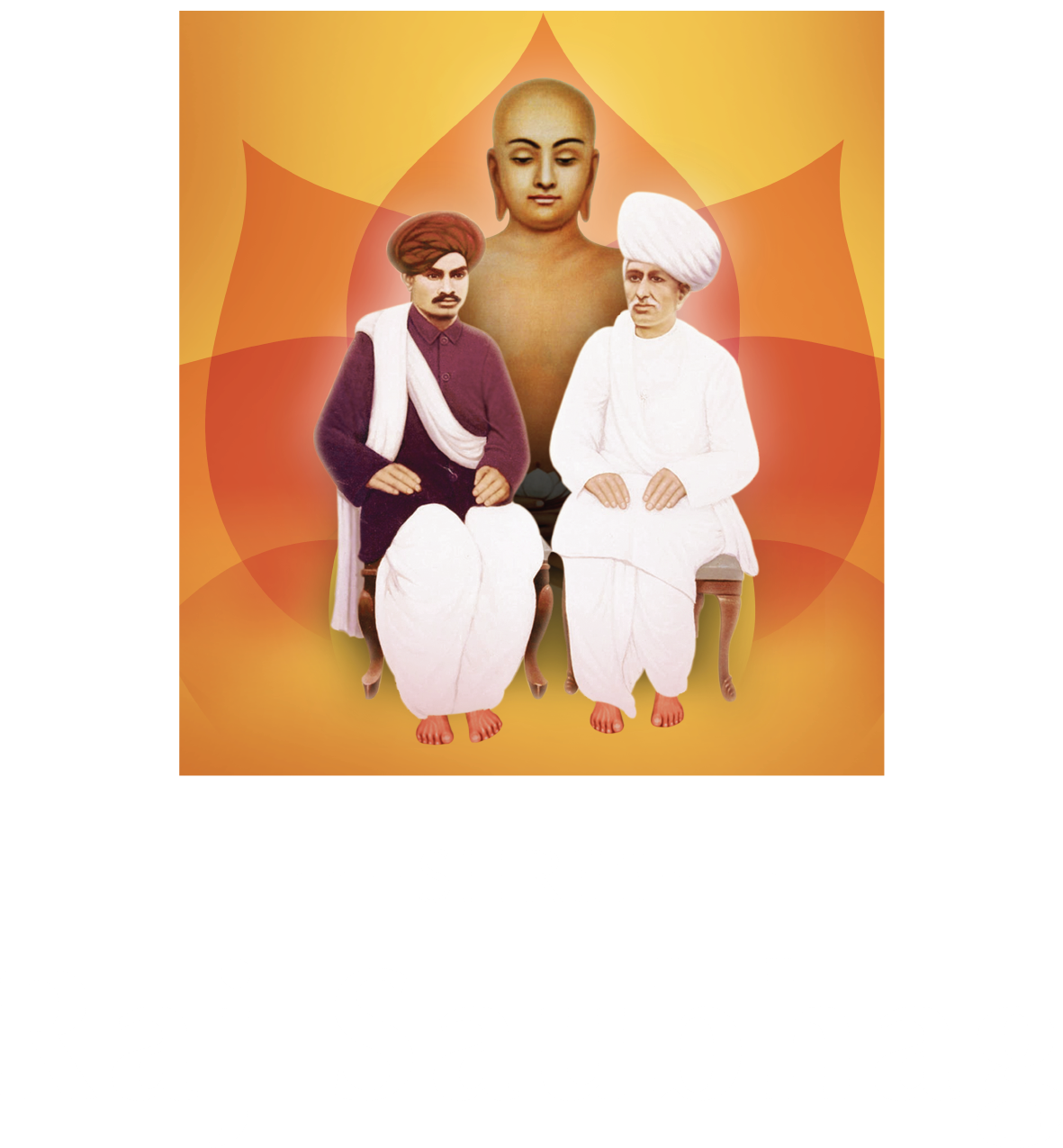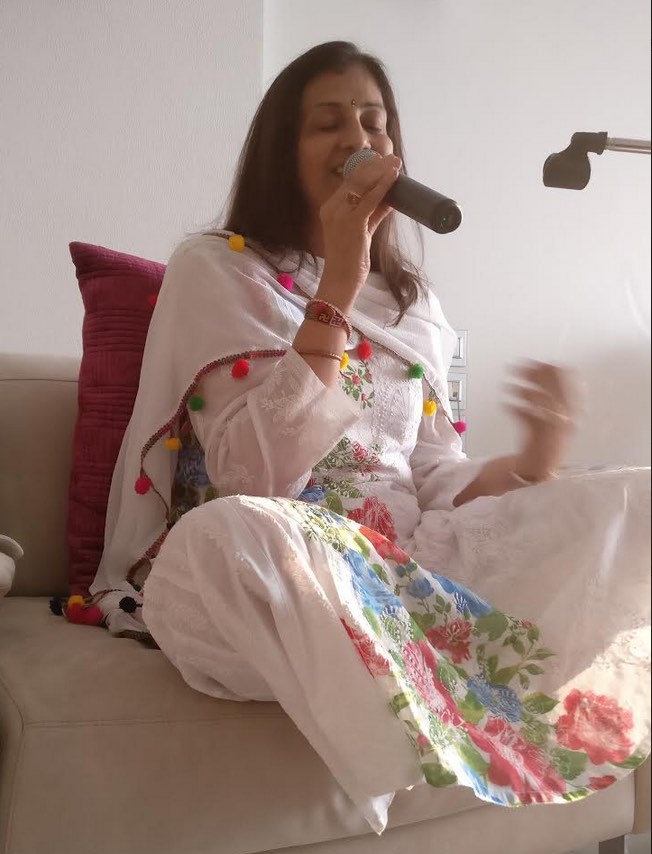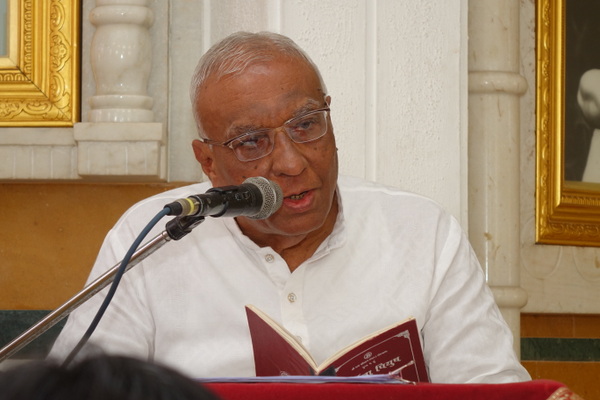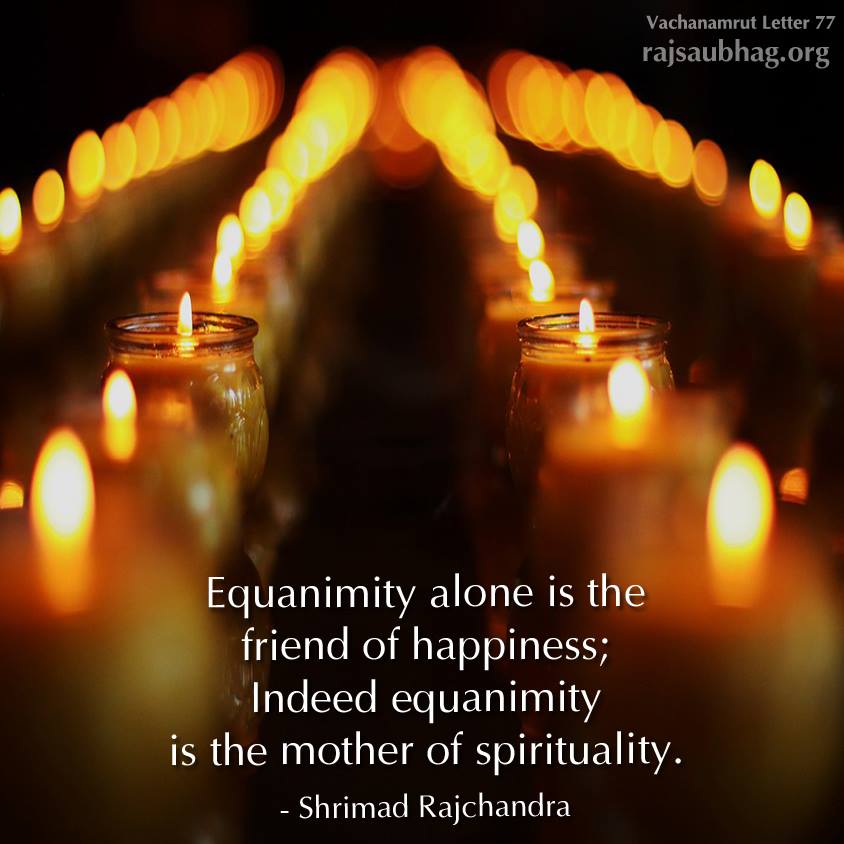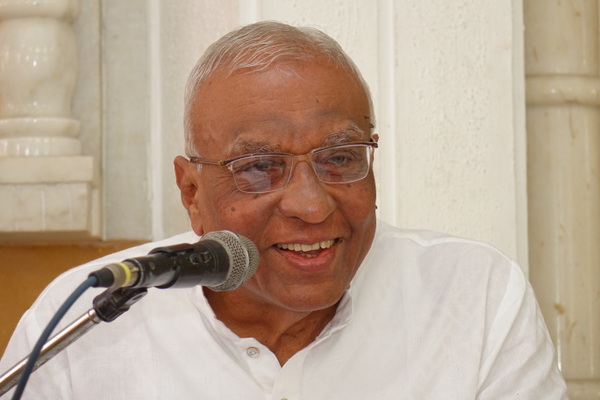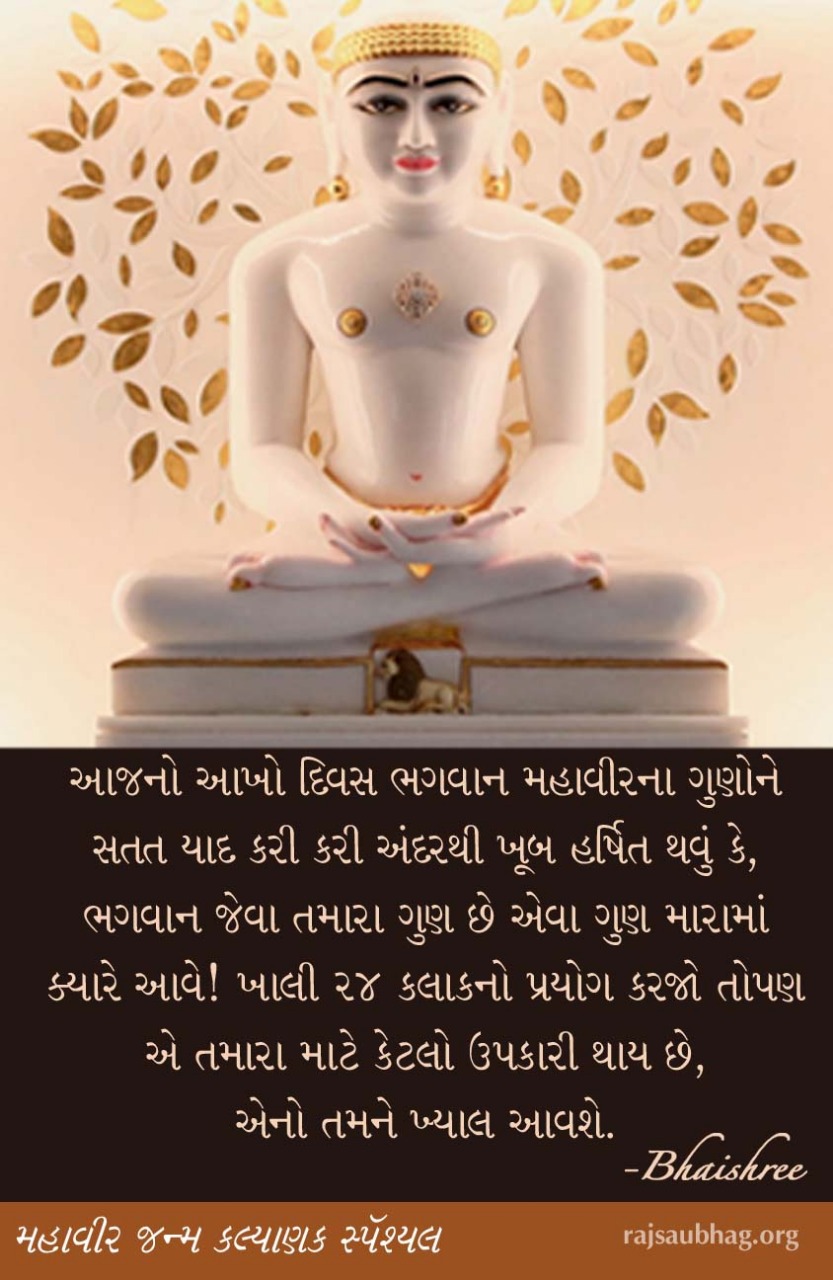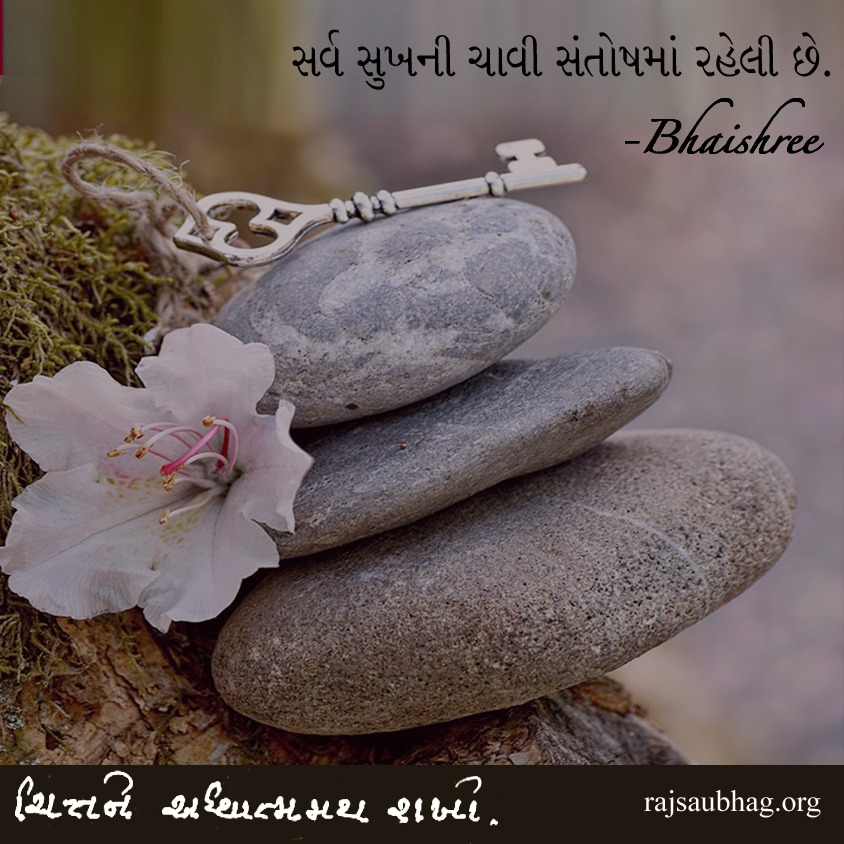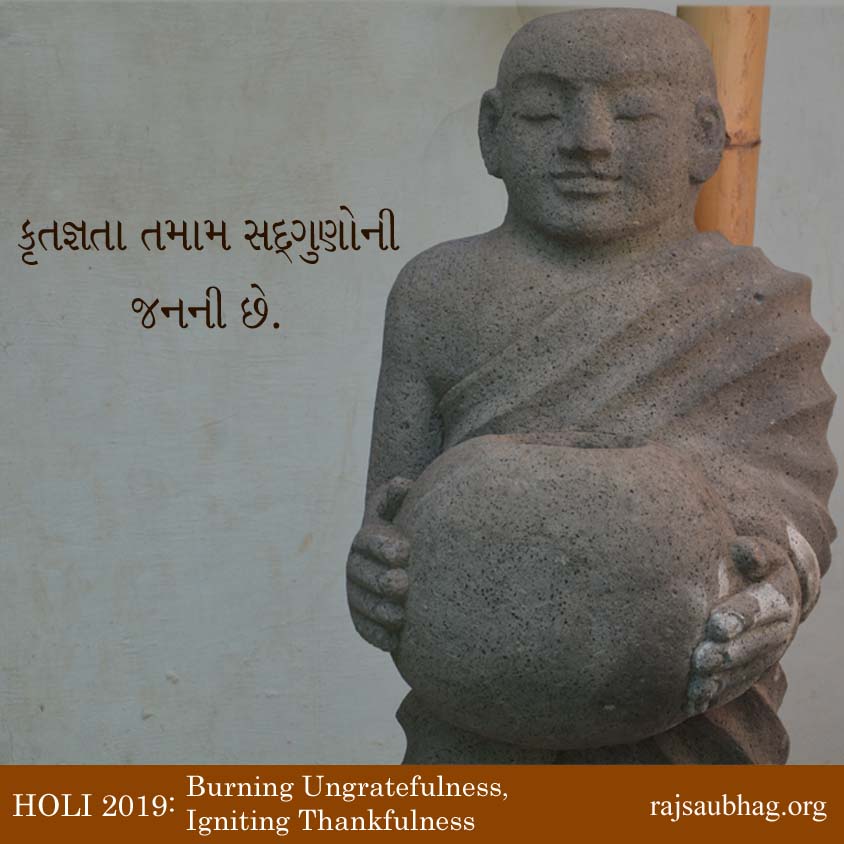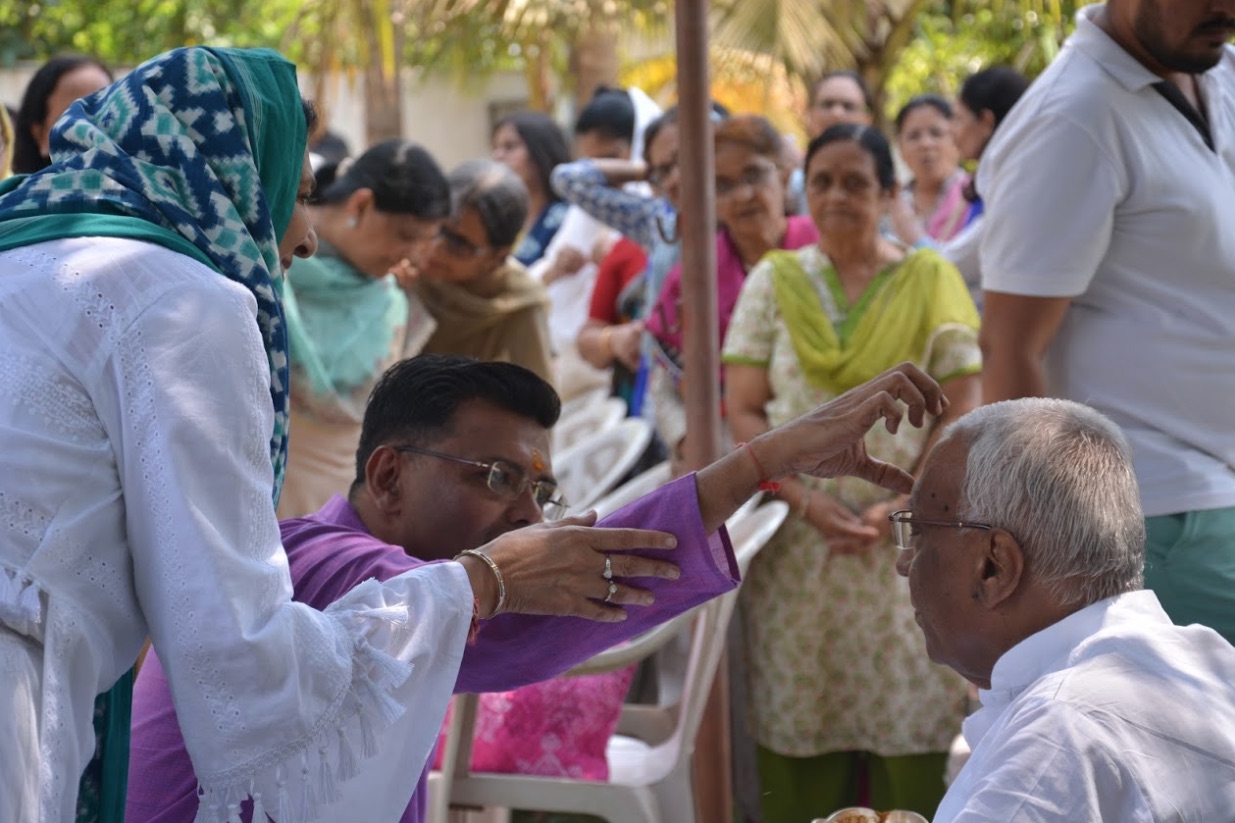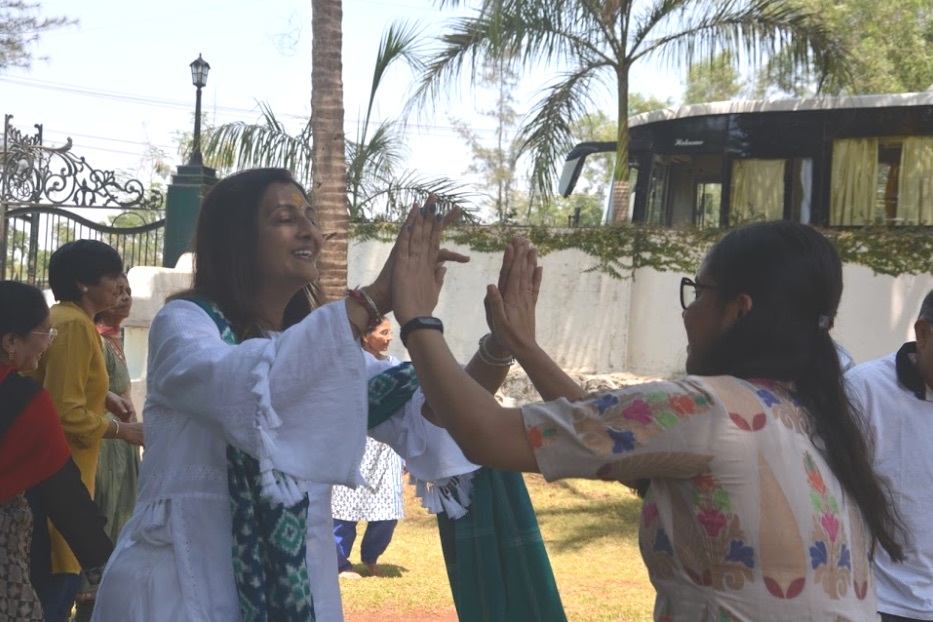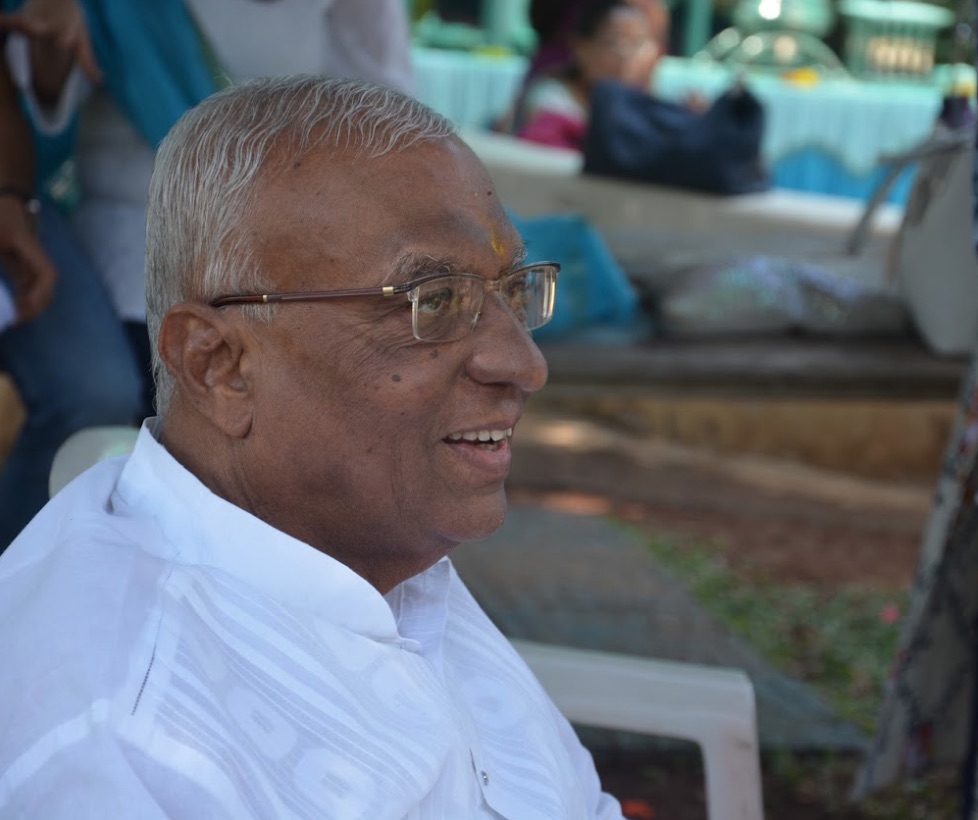A disciple who sped up his master’s spiritual journey
Shree Saubhagbhai’s Dehvilay Commemoration - 2019
Soulmate Shri Saubhag – this was the address used by Param Krupalu Dev Shrimad Rajchandra for Pujya Saubhagbhai, his disciple and his benefactor. For a person like Shrimadji who could recognise the world and its pleasures as a mirage that should be actively shunned, meeting Saubhagbhai was the providential blessing in his feverish and angst-ridden quest for ‘Samyak Darshan’ (self-realisation). In an unusual happenstance, Saubhagbhai became Shrimadji’s disciple as well as a guide and soulmate who enabled him to achieve ‘Samyak Darshan’.
Shree Raj Saubhag Satsang Mandal observed the death anniversary of Saubhagbhai on June 27, 2019. In attendance were dignitaries and mumukshus from several Shrimad Rajchandra ashrams. On the evening of June 26, the large number of attendees soaked in the devotional atmosphere created by the soulful singing of Meghalben from Shree Rajchandra Mission, Dharampur.
The next morning, Brahmnisht Vikrambhai elaborated on the endearments used by Shrimadji for Saubhagbhai in his letters, each of which expressed their exceptional bond as well as his abiding gratitude to the latter – “Param pujya (most revered),” “supreme benefactor,” “liberated,” “Param saral (supremely straightforward) and an icon of peace,” and many more.
In his discourse, Sudhirbhai, a well-known scholar from Rajkot, asserted that one can strive endlessly for spiritual upliftment without guidance but it yields little. A self-driven pursuit of spirituality leads nowhere. Hence, one has little choice but to opt for the shelter of a liberated soul for therein alone lies his liberation.
Before beginning his discourse, Param Pujya Bhaishree warmly welcomed all the mumukshus and invitees of the Shrimad Rajchandra family who had arrived for the occasion from different parts of the country. In his discourse, he explained in depth the concept of “ashray bhakti”, which defined the relationship Saubhagbhai had with Shrimadji. Shrimadji instructed mumukshus to give predominant weightage to the path of devotion (‘bhakti marg’) over the path of knowledge (‘gnan marg’). When devotion takes precedence, many obstacles, difficulties, and hardships are easily overcome.
For Saubhagbhai, adopting this path came easy as he had the refuge of a powerful and enlightened master such as Shrimadji. He worshipped every utterance of Shrimadji; he valued these pearls of wisdom which eclipsed everything – his troubles, his agonies, the human shortcomings of his personality - and helped him steadily ascend the spiritual ladder to the state of self-realisation that Shrimadji had envisioned for him and for which the seer held his hand gently but firmly through the seven years of their spiritual connect from 1946 to 1953.
During their close association, the two spent 560 days together. Each time they parted, they wrote to each other. Each sought the other’s company earnestly and fervently as each had renounced the world in their mind even while inhabiting it materially; each craved to break free of their worldly lives and dwell in spiritual solitude and communion; each knew that the other mirrored their state of mind even though their spiritual evolution followed different trajectories.
In his letters, Shrimadji has consistently expressed his longing for ‘nivrutti’ (time to pursue his spiritual goals). He would tell Saubhagbhai that his company was akin to ‘nivrutti’ as every moment of their time together was spent in spiritual activity and discussions. Bhaishree said that their profound and intimate relationship was characterized by Saubhagbhai’s role as the catalyst in Shrimadji’s attainment of self-realisation and Shrimadji’s assiduous spiritual grooming of Saubhagbhai.
After steering the gathering into a state of deep devotion through the glorious example of Saubhagbhai, Bhaishree read out a few letters written by Saubhagbhai to Shrimadji from the book, ‘Hridaysakha Shri Saubhag.’
At the foundation of their relationship was the shared knowledge of a meditation technique, ‘beej gnan’, the seed of Samyak Darshan. Saubhagbhai was instrumental in giving ‘beej gnan’ to Shrimadji, which gave direction to Shrimadji’s restless and relentless search for his soul. Acquiring it at a young age of 23, Shrimadji dived deep into himself to attain samyag darshan. He felt indebted to Saubhagbhai for this invaluable knowledge that afforded him a giant leap in his spiritual journey and opened the door to salvation.
Shrimadji’s focussed pursuit of spirituality after acquiring ‘beej gnan’ led him to attain pure, vibrant and liberating realisation of self in Samvat 1947 at a young age of 24. His readiness as a seeker, his extraordinary faculties of the mind and spirit, the purity of his consciousness needed that single trigger of divine knowledge that Saubhagbhai sought him out to share with him. In the process, Saubhagbhai became immortal as the seeker who helped the seer.
In letter number 165 (‘Vachanamrut’), Shrimadji wrote in Gujarati as translated: “All spiritual achievers have sung the glory of the knowledge that you (Saubhagbhai) have. With each passing day, this soul also experiences the speciality of this knowledge incrementally.”
In letter number 259, a grateful Shrimadji tells Saubhagbhai, “I feel you must have taken birth for me. I owe you a huge debt of gratitude. You have given me my desired happiness. What can I offer you in return other than my salutations?”
It was to facilitate easy understanding of ‘The letter of six precepts’ for Saubhagbhai and his kin that Shrimad wrote the most revered treatise in his literature, ‘Shri Atmasiddhi Shastra’ in lyrical form. In the process, the treatise has become the most potent scripture on the reality of the soul.
Dr Bhagwandas Mansukhbhai Mehta mentions in the book, ‘Adhyatma Rajchandra’ that Saubhagbhai’s relationship with Shrimadji played a very important role in Shrimadji’s spiritual life. It was his meeting with Saubhagbhai that led to the cathartic fulfilment of his innermost craving for self-realisation.
Why did Saubhagbhai share his divine knowledge with someone he did not know well? He was very impressed with Shrimadji’s ‘avdhaan’ prowess (ability to attend to many things at a time showcasing one’s mental and spiritual competence) and the way he welcomed Saubhagbhai by name in their very first meeting even though he did not know him, among other things. He felt a high degree of veneration for Shrimadji and, on an inner call, surrendered his whole being to him.
Saubhagbhai informed Shrimadji in a letter just before his demise that he had attained self-realisation. This is evident from letter number 54 dated Jeth Sud 14, Samvat 1953. In another letter dated Jeth Vad 11, Samvat 1953, Ambalalbhai conveyed that Saubhagbhai passed away peacefully in samadhi.
On the morning of Jeth Vad Dasam (June 27), Bhaishree led everyone to Vishranti Dham, where Saubhagbhai lived, in Sayla village to pay homage to this great son of the soil.
Bhaishree reminded us that we were very fortunate to be able to comprehend and appreciate a gnani like Shrimadji through Saubhagbhai’s copious correspondence with him. In a world tainted with greed, material acquisitiveness, and smallness of spirit, there are barely a handful of people who are blessed with Saubhagbhai’s exemplary qualities such as compassion, contentedness, largeness of heart, forbearance, straightforwardness, sincerity, inner purity and evolution of soul. Each of his qualities is worthy of emulation and will inspire generations to come.
Saubhagbhai remains immortal as a human being, an ideal disciple and as the one who shone the light for one of the greatest torchbearers of Jainism – on the passage to his soul.
Video Swadhyays
Morning Swadhyay
Afternoon Swadhyay
